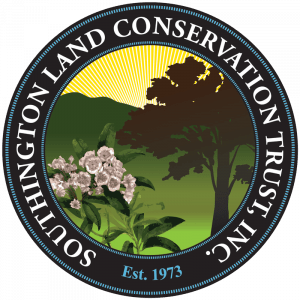1. Lawns. How much lawn do you really want or need? Lawns are the highest maintenance item in the backyard. Lawns require a lot of time, attention and money. They also are heavy consumers of water, a precious and limited resource. Perhaps you can downsize the lawn to a size you really use for play and picnics and make butterfly and bird friendly flower and shrub beds with part of the yard. Use native plants, the birds and insects need them!
Rain gardens are another wonderful way to reduce turf area. A rain garden collects the water from your roof and purifies it instead of allowing to flow into the storm sewer system and into rivers and streams carrying chemical residue. You can use sustainable practices to care for the lawn such as:
- Have the soil tested prior to applying lime or other amendments.
- Use slow release organic fertilizers in the smallest possible amounts. You may find out that the 4 applications fertilizer companies recommend is about double what is really needed. Treat weeds and insects only as needed and only narrowly targeted areas. Why spread expensive, potentially hazardous stuff over the whole lawn if just one area has a problem? There are environmentally safe solutions for most problems.
- Mulch grass clippings and leave them on the lawn.
2. Using Native Plants Increasingly native birds, insects and amphibians are becoming endangered and species are being lost. Besides using sustainable practices, planting native trees, shrubs and plants can help stem the tide. Native plants in general require very little care. They thrive here because they belong here! The back cover has links to lots more information.
3. Invasive Plants Invasive species are an ever worsening problem. Seems there is a new invader every year and the existing ones are spreading. Sometimes we don’t realize how serious a problem they are until they are out of control. Asiatic or oriental bittersweet can turn a forest into a patch of dead trees covered with vines in a matter of a few years, for example. If you doubt it, look at the town open space that was Novick’s Orchard. The full size apple trees are still there, but they are all dead, smothered by bittersweet. Another plant capable of destroying a wooded area is winged euonymus, also known as Burning Bush. It seeds itself all over the landscape. Japanese Barberry is another such invader. Besides being invasive it has the unpleasant characteristic of harboring the mice who carry deer ticks. Whenever native plants are displaced by these invaders the diversity of native birds, insects and animals may be decreased and the ecosystem functions may be affected.
You can make your property a haven for wildlife, birds, butterflies and other pollinators.
You can make your yard part of a green corridor connecting similar habitats. This will have a profound impact on the environment here in Southington.
Our goal is to help you make your property more sustainable, more enjoyable and more beautiful. Southington Land Trust members, local master gardeners and Coverts Cooperators are all anxious to help you plan and create sustainable spaces in your yard. To help you get started:In addition CT Master Gardeners has printed information on these topics available on request. They
will also answer phoned-in questions.
CT Master Gardeners
Hartford County Extension Center
1800 Asylum Avenue
Phone: (860) 570-9010
West Hartford, CT 06117-2600

why does the town or state allow local garden stores to continue to sell invasive species like Japanese barberry, burning bush and butterfly bush?